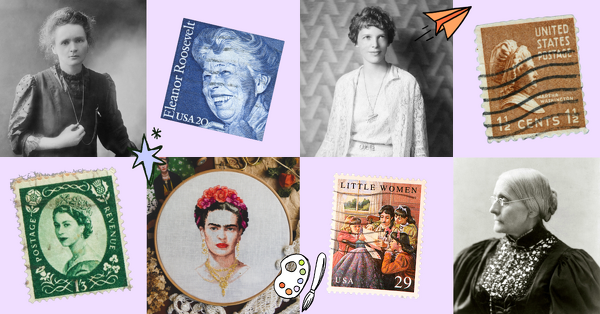Have you seen the term equity sticks popping up more and more in teacher conversations? Maybe you’ve even been wondering “what are equity sticks,” and should I be using them in my classroom? We looked at the research regarding equity sticks and their effectiveness in an equitable classroom to help you make that call.
What Are Equity Sticks?
Equity sticks are a tool that teachers can use to prevent bias — even unintended bias — when it comes time to call on students in the classroom. Made from popsicle sticks or craft sticks, each equity stick has a student’s name written on them, and they’re placed in a jar where a teacher can easily access them to pull names.
The goal is to ensure that every child in the classroom has a chance at equal participation. In turn, that can have a significant impact on how students learn and their successes. One study regardingstudent achievement in relation to being called onin the classroom found that Hispanic students’ grades improved more than 10 percent when they got an equal opportunity to respond, while the amount of schoolwork they turned in jumped by 15 percent.
Equity sticks can also be used by a teacher for setting up groups, or choosing students for jobs, and these days there is an increasing number of schools that are requiring them.
What Are Other Names for Equity Sticks?
Well, yes! You may have heard of these sticks already being used by other teachers, but perhaps they called them pick sticks or fair sticks. The names are different, but the idea is always the same: To create a more fair and equitable classroom where students are called upon equally, eliminating both intentional and unintentional bias on the teacher’s part and ensuring all kids feel like they’re part of the learning process.
Equity stick proponents also say these tools help improve lesson attention as kids never know when their name might be called on.
Are Equity Sticks Actually Equitable?
Well, yes and no. The tool has some clear things going for it — if you want to use equity sticks, you’re probably looking for overall ways to make your classroom more equitable. That’s a good thing.
But it’s worth noting that any tool that pushes teachers to call on every single student has its drawbacks, especially when you consider the way lessons are sequenced. Typically easier questions are asked first, which means students who are randomly chosen via equity sticks, fair sticks, or pick sticks, early on is going to get easier questions than those called on as you get deeper into the process (and the questions get harder).
What’s more, not every student is up for cold calling in the middle of a lesson — or at least not for specific questions that are assigned completely at random. The process takes away from the ability to differentiate the lesson for your students, and if used incorrectly can wind up making students who perhaps are still learning English or who have a learning disability feel shamed in front of their classmates. The goal of creating a more equitable classroom is not to ignore students’ individual needs.
So where do we go from here? Do we throw the equity sticks, pick sticks, and fair sticks out the window and start over?
Not necessarily. We talked to the Teach Starter teacher team to put together tips to make this tool actually effective … and actually equitable.
How to Make Equity Sticks More Equitable
- Make giving students time to respond a standard practice in the classroom. Studies have proven out that“wait time” or “think time”will elicit more thoughtful answers from students who are less stressed about having to know the exact “right” answer and have it on the tip of the tongue.
- Allow students to ask their peers. Rather than simply passing to another student, make it habit for students to ask classmates, which helps them to develop their questioning skills while also ensuring they are not put on the spot and feeling singled out.
- Pre-share the questions. If you can provide them before the question and answer session begins, it gives students time to prepare responses.





